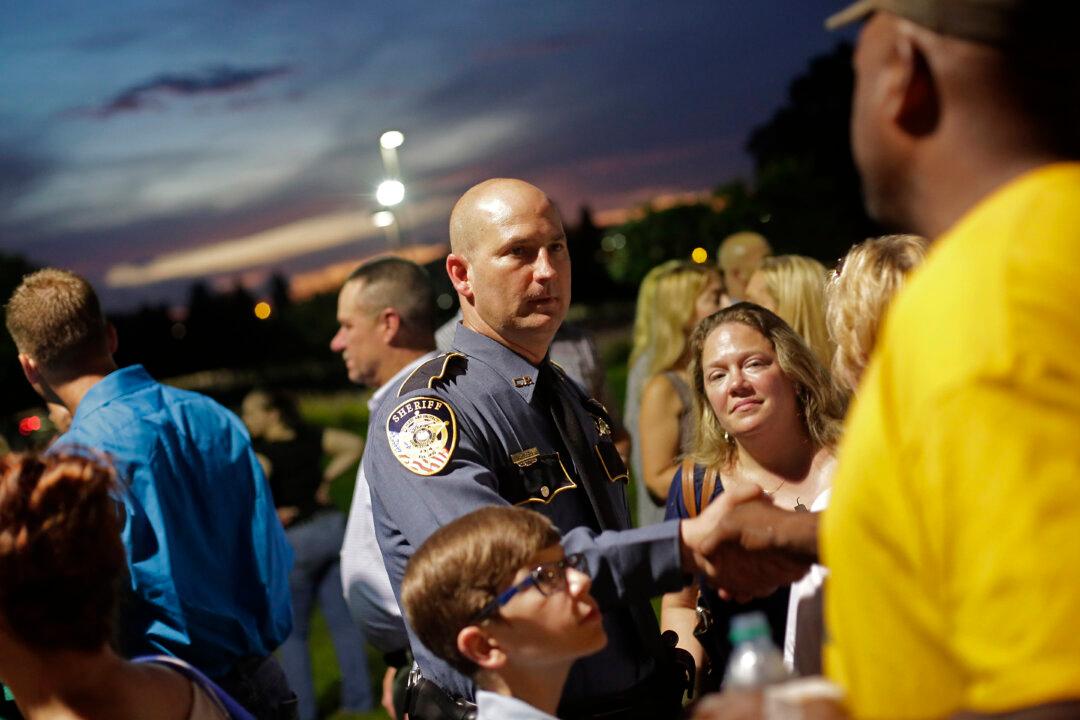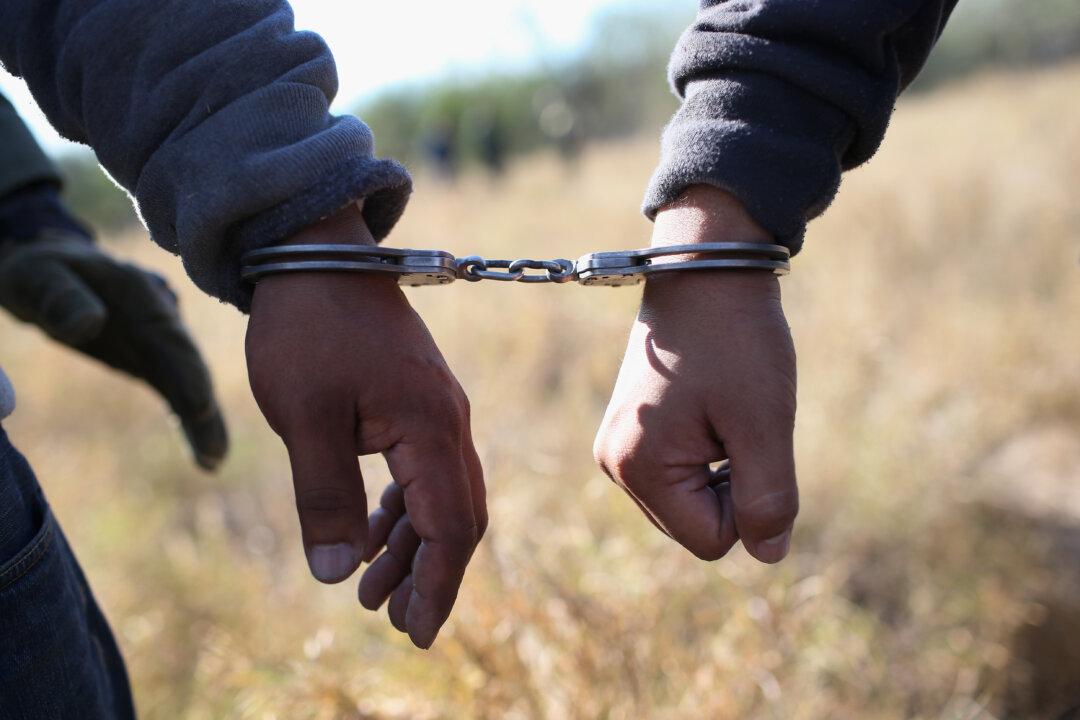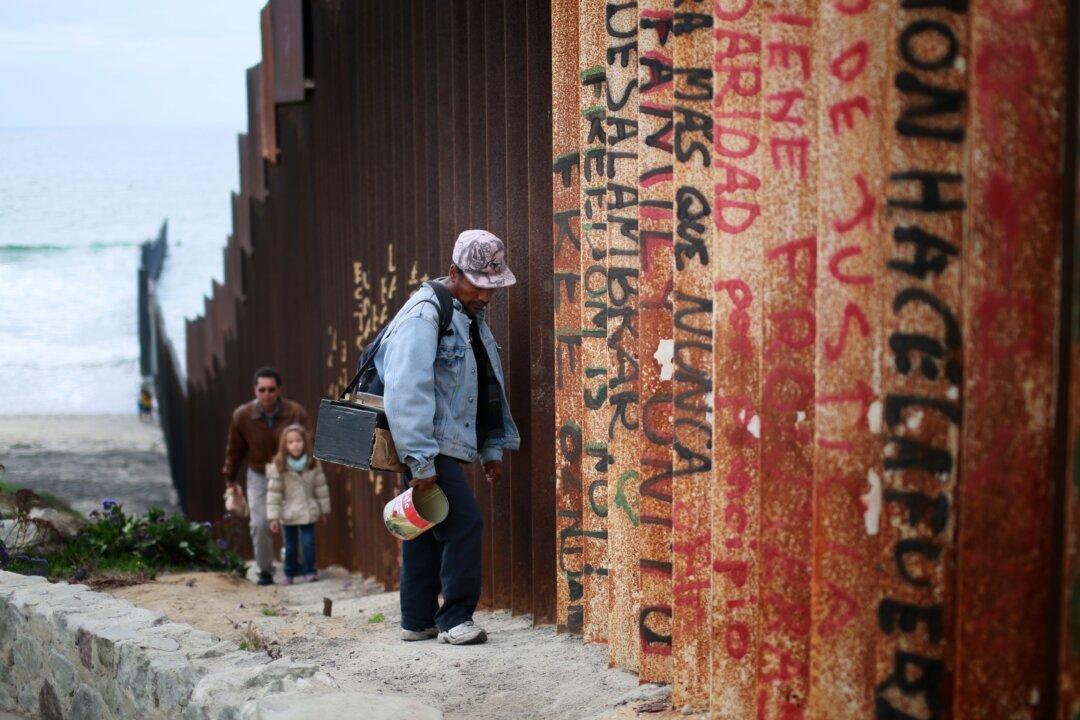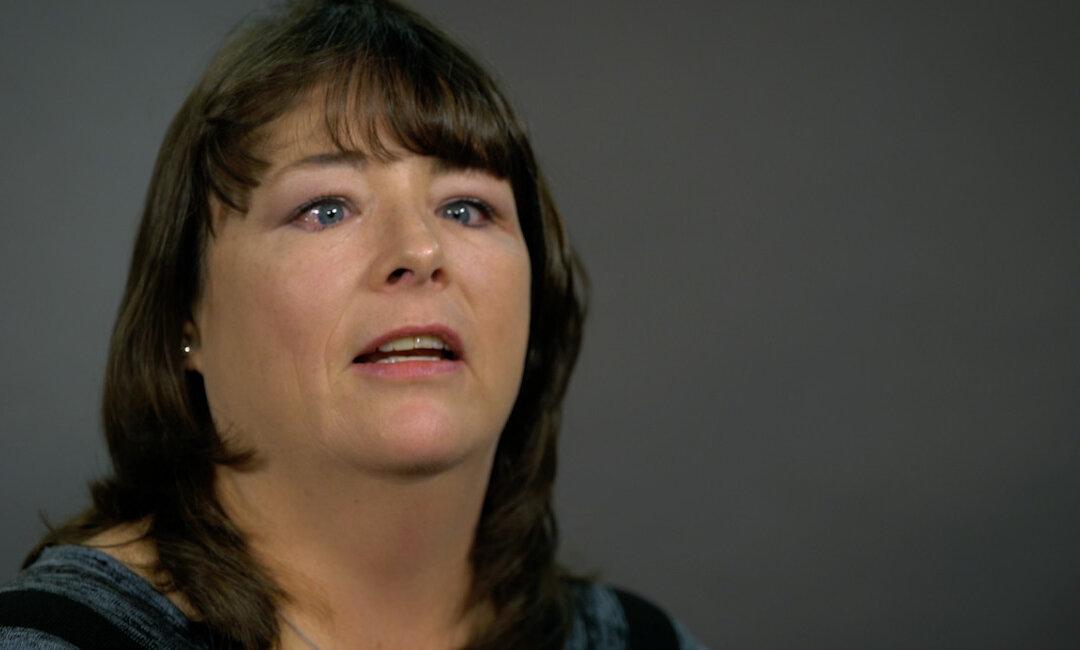As police around the country grapple with recent violence against their own, Chief Brandon del Pozo of the Burlington Police Department in Vermont is requiring his officers to pair up when responding to calls for service, as a method for added safety and support.
“It’s important for cops to have someone to talk to about what’s going on instead of stewing in a car alone for hours,” del Pozo told The Daily Signal in an interview. “Tense and uncertain environments stop cops from slowing things down, problem solving, and listening to citizens. Just having a partner on hand to process what’s going on will help us return to normalcy.”
Other police departments that are implementing two-person patrols include San Diego, Los Angeles, Oakland, Boston, Minneapolis, Philadelphia, and Washington, D.C.
Meanwhile, another big city agency, the City of Orlando Police Department, is looking into purchasing bullet-proof vests designed to repel sniper fire in a way that normal protective gear can’t.
“It’s just hard for us, especially the past few years, where we’ve seen more ambush-style shootings,” Orlando’s Police Chief John Mina told The Daily Signal in an interview. “Here in Orlando, we have a pretty rich history of engaging with the community and we aren’t afraid of doing that. Though morale is good, we are telling officers to be super vigilant, everywhere.”




